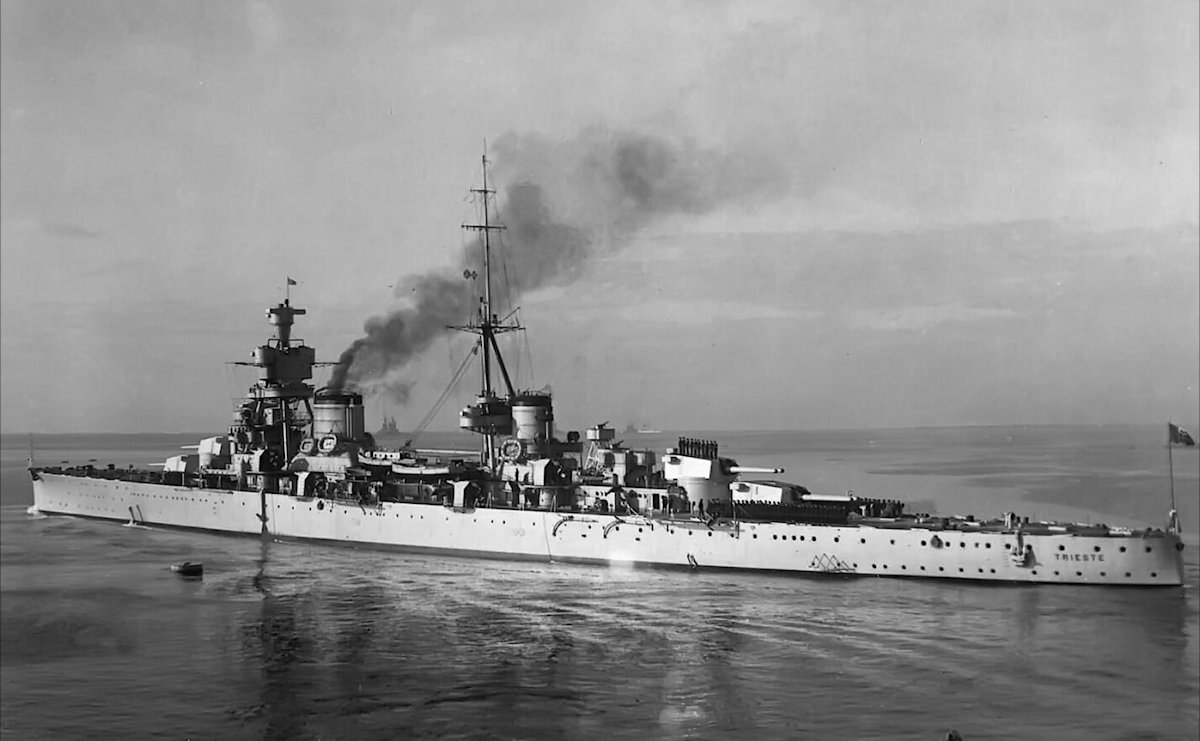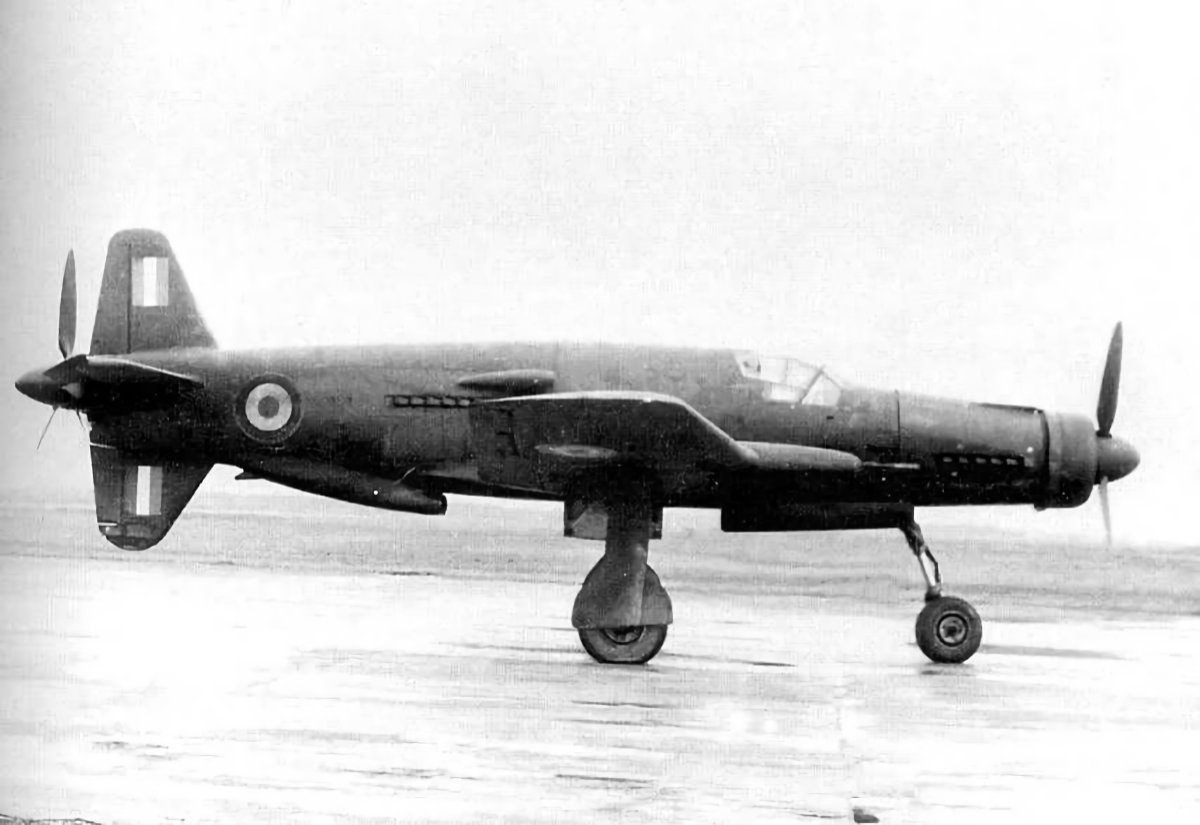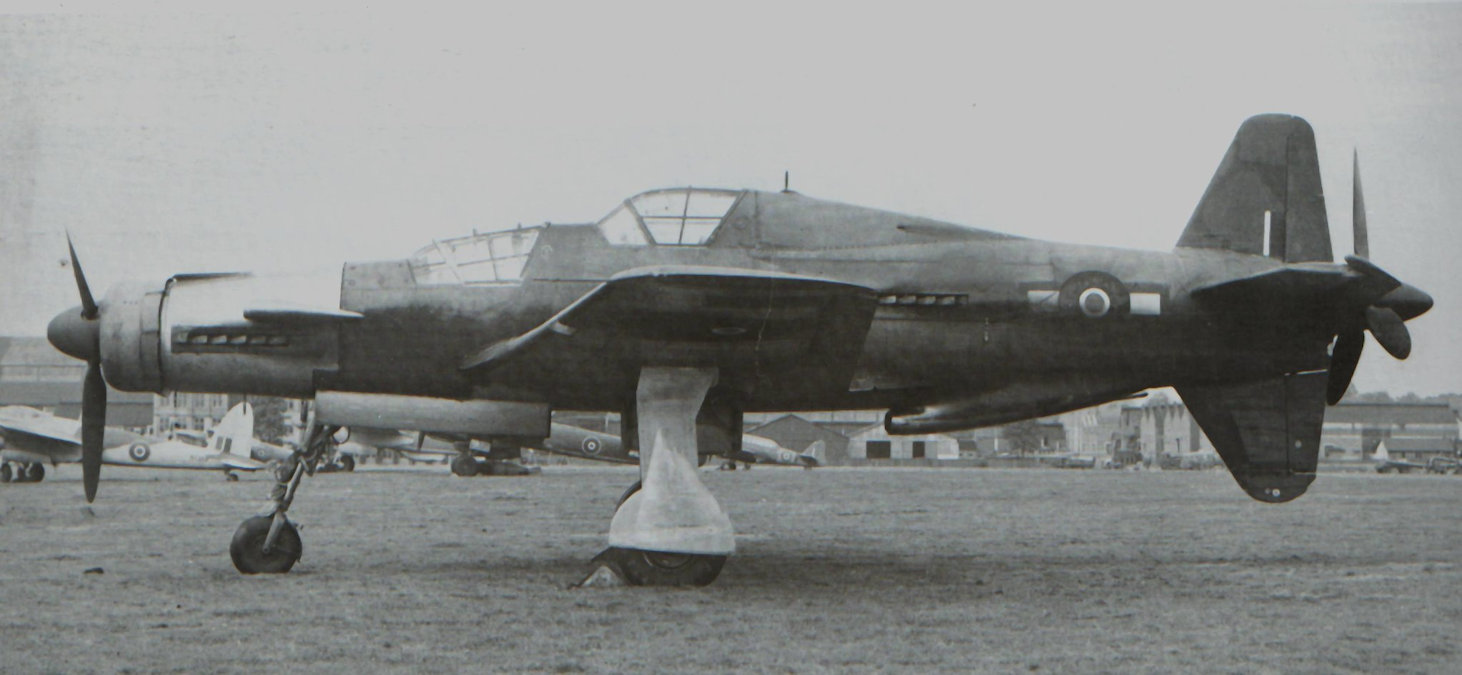Tag: World War Two
-
Italian Heavy Cruiser Trieste

Italian Heavy Cruiser Trieste Laid down in June 1925, was launched in October 1926, Trieste was the second of the Trento-class heavy cruisers built for the Regia Marina. Although claimed to comply with the Washington Treaty limit of 10,000 tons for cruisers, she actually displaced significantly more (at over 13,000 tons). During the Second World… Read more
-
Dornier Do 335s Evaluated by France

Dornier Do 335s Evaluated by France Post-war, France examined two Dornier Do 335 fighters, M14 Wk-Nr 230014 (a prototype for the B-2 series) and M17 Wk-Nr 230017, (a prototype for the B-6 nightfighter). M14 was flown to Bretigny and was then restored by the SNCASO factory in Surennes, before transferring to the Centre d’Essai en… Read more
-
Dornier Do 335s Evaluated by Britain

Dornier Do 335s Evaluated by Britain After the end of the Second World War, British Forces took charge of two Dornier Do 335s from the Dornier plant at Oberpfaffenhofen. These were a Do 335 A-10 two-seat trainer Wk-Nr 240112 and a single-seat model. In early September 1945, the A-10 was ferried by air to the… Read more